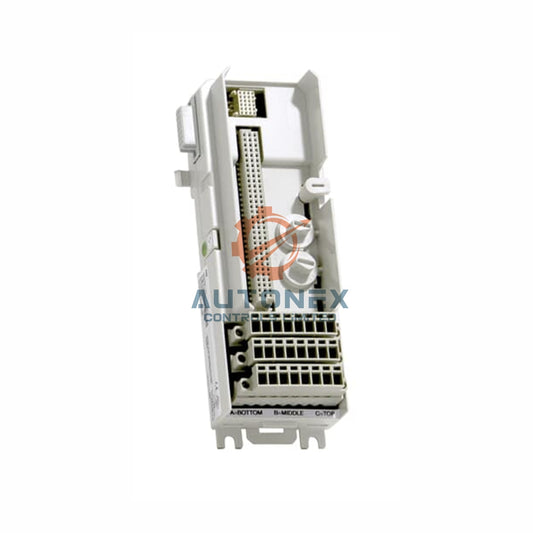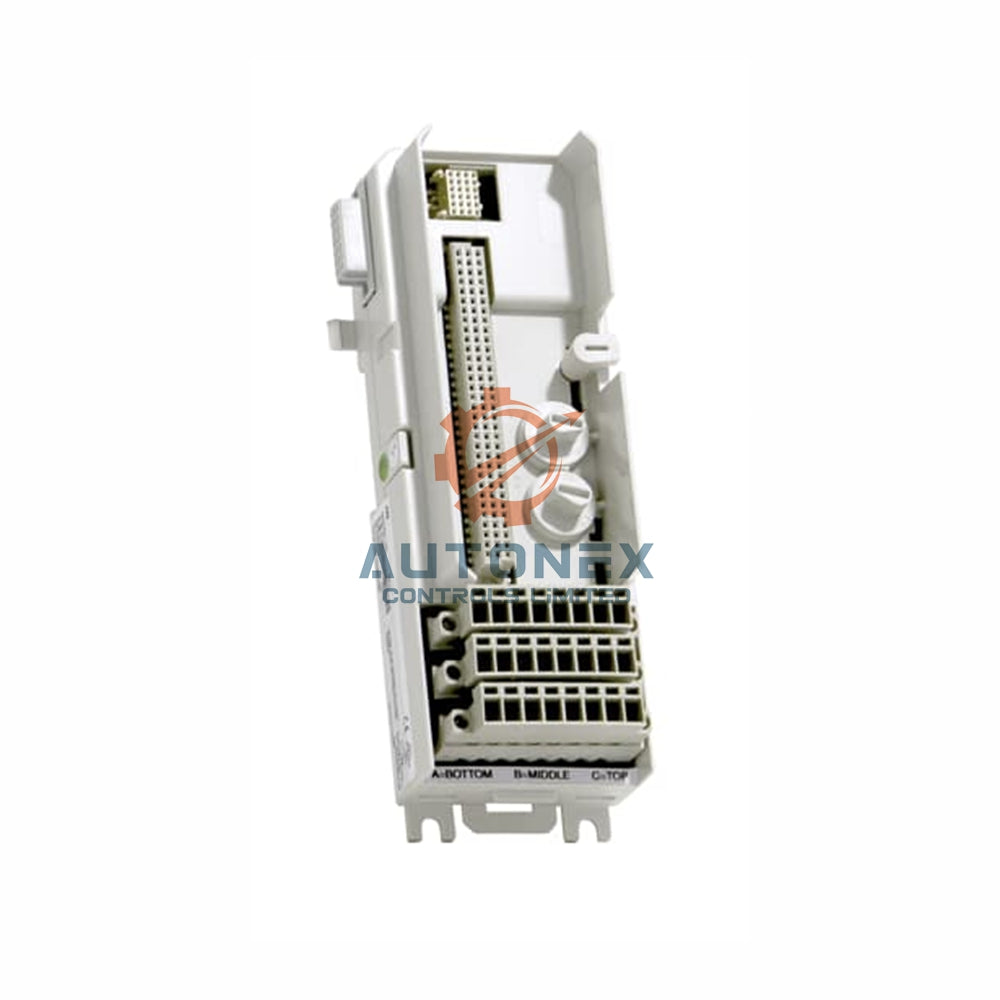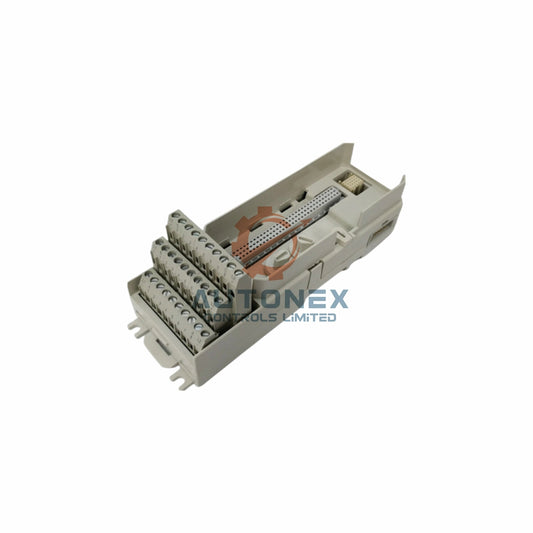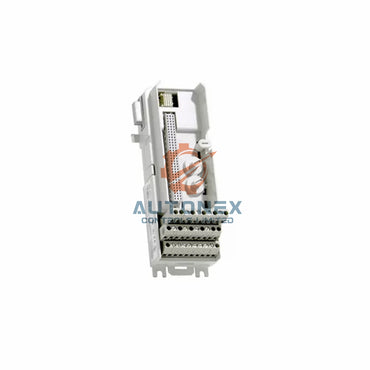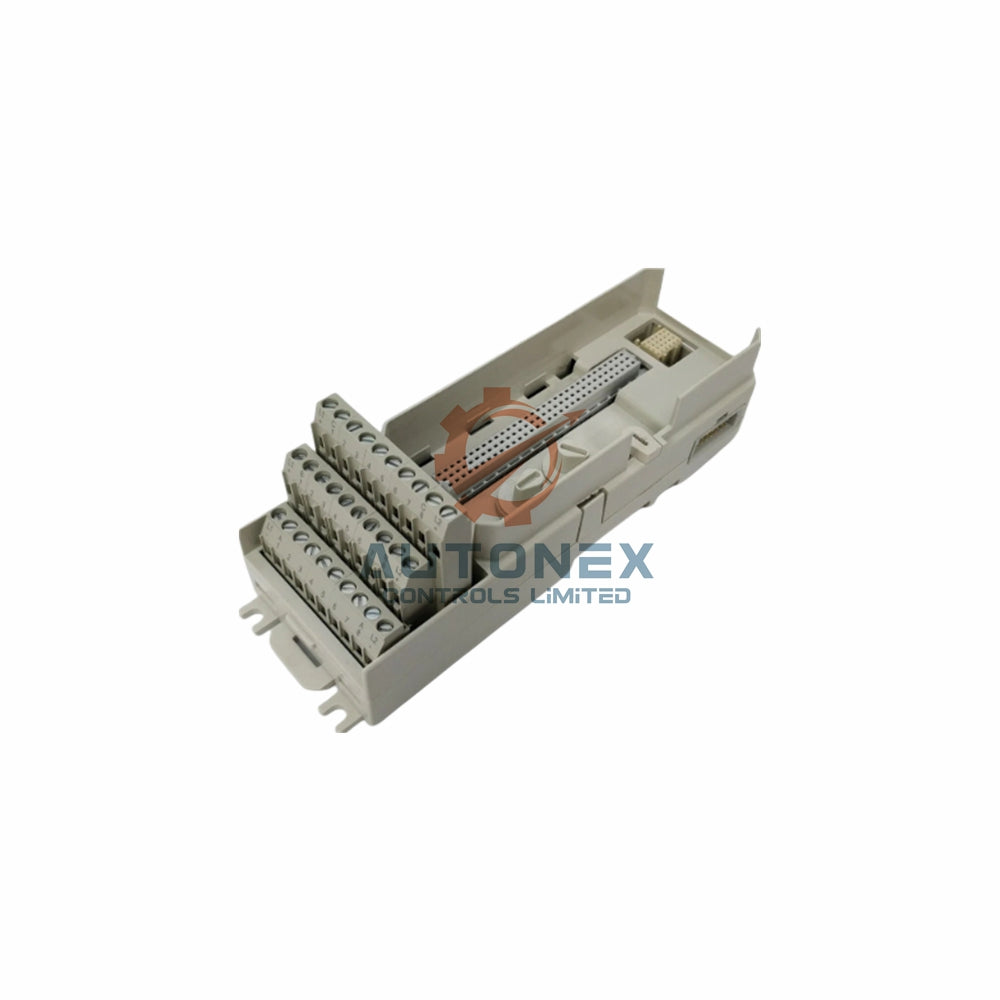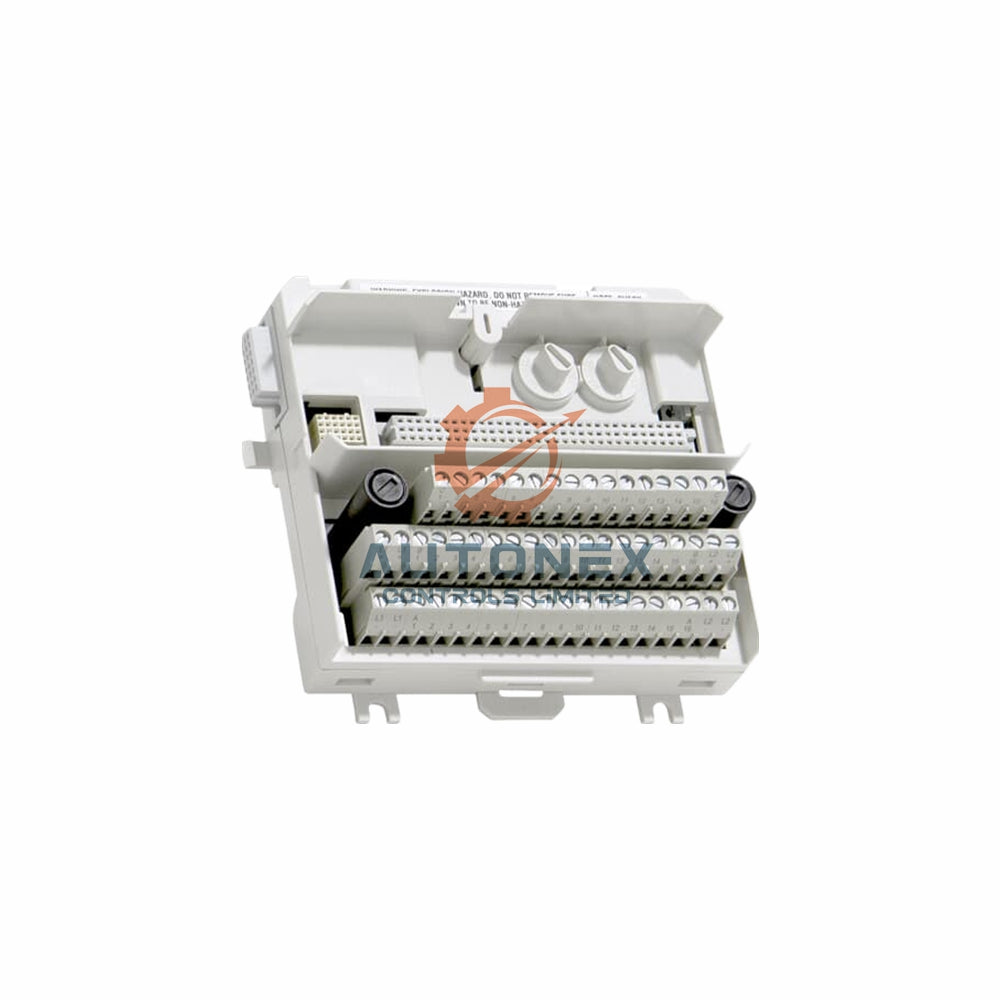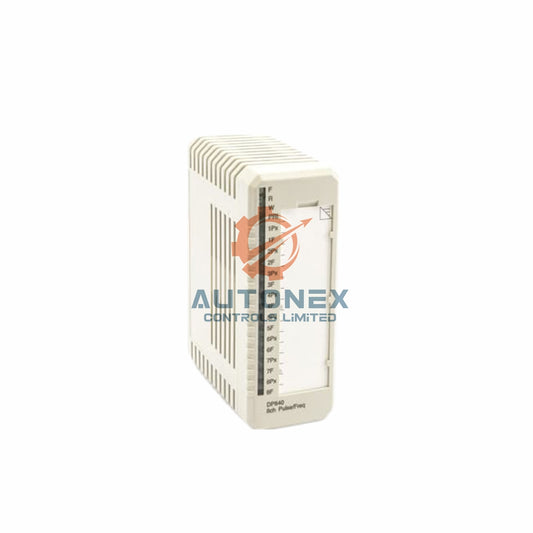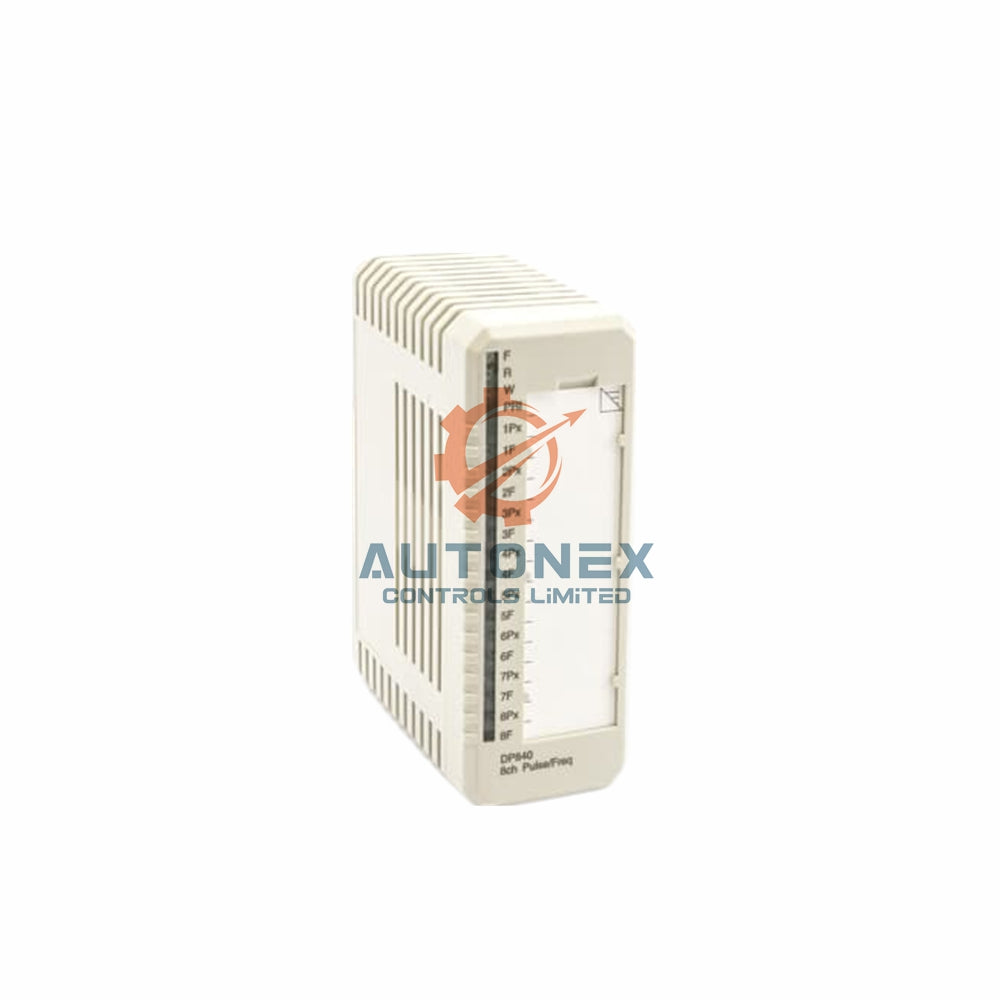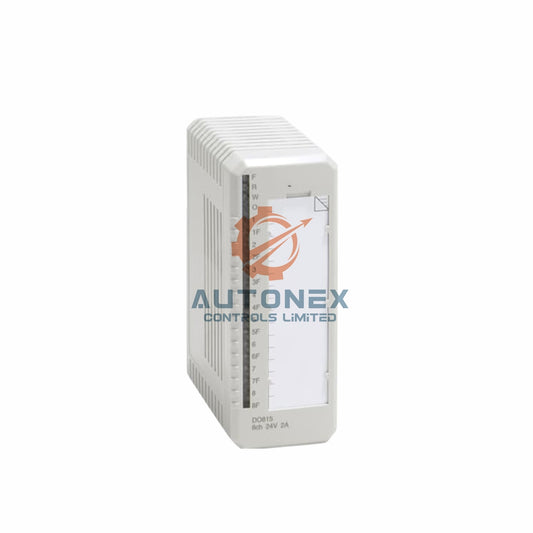Essential Kinetix 3 Drive Maintenance: Maximizing Performance and Minimizing Downtime
Your Kinetix 3 servo drives deliver exceptional performance in industrial automation applications, but their reliability depends heavily on proper maintenance practices. Unlike mechanical components, these electronic drives require specific care strategies to ensure long-term operation. This comprehensive guide provides practical maintenance approaches to extend your drive's service life while maintaining optimal functionality.
Environmental Protection and Contamination Control
Dust accumulation represents a significant threat to electronic drives. It traps heat, blocks ventilation, and causes thermal overload situations. Implement these contamination control measures:
Regularly examine enclosures for dust, moisture, and environmental damage. Use low-static vacuum equipment or soft brushes for cleaning vents and heat sinks. Avoid compressed air that can push debris deeper into components. Verify that cooling fans and airflow paths remain clear and functional. Consider filtered or sealed enclosures for challenging environments containing excessive dust or humidity.
Electrical Connection Integrity
Faulty electrical connections generate drive faults and potential damage. Conduct periodic inspections of these critical connections:
Verify input power connections remain secure, clean, and corrosion-free. Ensure motor power cables are properly shielded and firmly connected. Examine I/O connections for wear or loose terminals. Implement proper grounding practices using shielded cables with adequate bonding to minimize electromagnetic interference issues common in factory automation settings.

Thermal Management Strategies
Overheating remains a primary factor in drive failure. While Kinetix 3 drives feature efficient heat dissipation, they require proper installation:
Maintain minimum 50mm clearance around all drive surfaces. Avoid positioning near heat-producing equipment. Monitor ambient temperatures to stay within specified limits (typically 50°C maximum). Consider supplemental cooling options like heat sinks, forced air systems, or liquid cooling in high-temperature applications common in industrial control systems.
Load Management and Protection
Consistent operation at maximum capacity accelerates component wear and increases fault frequency. Implement these load management practices:
Conduct routine load analysis to verify proper drive sizing. Address recurring overcurrent conditions promptly as they may indicate overload situations. Utilize appropriate motor short-circuit protection and branch circuit fuses. Install correctly rated fusing components such as Bussmann FNQ-R series as specified in technical documentation.
Diagnostic Monitoring and Fault Analysis
The integrated 7-segment display provides valuable diagnostic information. Incorporate these monitoring practices:
Regularly review active and stored fault codes. Immediately address voltage or temperature-related faults. Repeated fault patterns often indicate cooling system issues or power quality problems that require prompt attention. In our experience, early intervention with fault codes prevents more serious operational disruptions in PLC and DCS integrated systems.
Power Quality Assurance
Electrical fluctuations gradually damage sensitive drive components. Implement these protective measures:
Install surge protection devices or line reactors to stabilize power input. Consider isolation transformers for sensitive automation systems. Perform regular grounding system verification to reduce transient voltages and electrical noise that affect control system reliability.

Motor System Evaluation
Servo drive performance depends directly on connected motor condition. Include these motor assessment practices:
Inspect for overheating, misalignment, or abnormal vibration patterns. Verify encoder signal stability and quality. Monitor torque and velocity outputs for indications of mechanical stress, particularly in high-speed automation applications where precision motion control is critical.
Preventive Maintenance Scheduling
Implementing a structured maintenance program prevents unexpected downtime. Consider this maintenance framework:
Daily: Visual inspection for loose connections, status indicators, and heat signatures. Weekly: Clean ventilation paths, confirm unobstructed airflow, check for unusual noises. Monthly: Tighten electrical connections, inspect cooling fans, assess environmental conditions. Quarterly: Perform comprehensive load analysis, overcurrent verification, and grounding integrity checks. Annually: Complete component inspection, connector re-torquing, and replacement of worn elements.
Document all maintenance activities to identify developing trends before they create operational impacts.
Application Scenario: Packaging Line Drive Maintenance
In high-speed packaging applications, Kinetix 3 drives often face continuous operation with frequent start-stop cycles. One food packaging facility reduced drive failures by 60% after implementing monthly ventilation cleaning and quarterly load verification. They discovered accumulated dust from packaging materials was causing gradual overheating during peak production periods. This real-world example demonstrates how regular maintenance directly impacts operational reliability in demanding industrial automation environments.
Industry Perspective: The Shift Toward Predictive Maintenance
Modern industrial operations increasingly integrate condition monitoring systems with their servo drives. While Kinetix 3 drives don't include built-in predictive capabilities, many facilities now connect them to supervisory systems that track thermal patterns and electrical characteristics. This approach allows maintenance teams to identify deteriorating conditions before they cause downtime. The industry movement toward integrated automation systems makes this data-driven maintenance increasingly accessible for manufacturers of all sizes.
Frequently Asked Questions
How often should Kinetix 3 drives undergo comprehensive inspection?
We recommend full electrical and mechanical inspections annually, with basic visual checks performed monthly. High-cycle applications may require more frequent verification.
What cleaning methods are safe for Kinetix 3 drive components?
Use low-static vacuums with soft brush attachments. Isopropyl alcohol on lint-free cloths works for stubborn contaminants. Always disconnect power before cleaning.
Can inadequate grounding really affect drive performance?
Absolutely. Poor grounding creates electrical noise that disrupts signal integrity and can cause unexplained faults in sensitive control systems.
What indicates potential drive overload conditions?
Frequent overcurrent faults, unusual drive heating, and performance degradation during acceleration often signal overload situations requiring investigation.
Are firmware updates part of drive maintenance?
Yes. Periodic firmware updates address known issues and sometimes improve performance. Always backup parameters before updating and verify compatibility with connected systems.
Check below popular items for more information in Autonexcontrol
| 22C-B012H103 | 22C-B017N103 | 22C-B024N103 |
|---|---|---|
| 22C-B049A103 | 22C-B075A103 | 22C-B090A103 |
| IC695CPE302 | IC695CPE305 | CI857K01 |
| CI858K01 | CI860K01 | DO828 |
| DO840 | DP820 | DP840 |
| TU805 | TU810V1 | TU811V1 |


